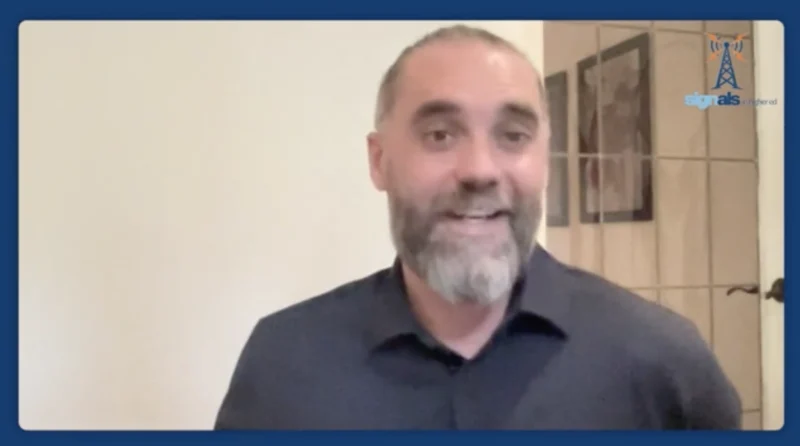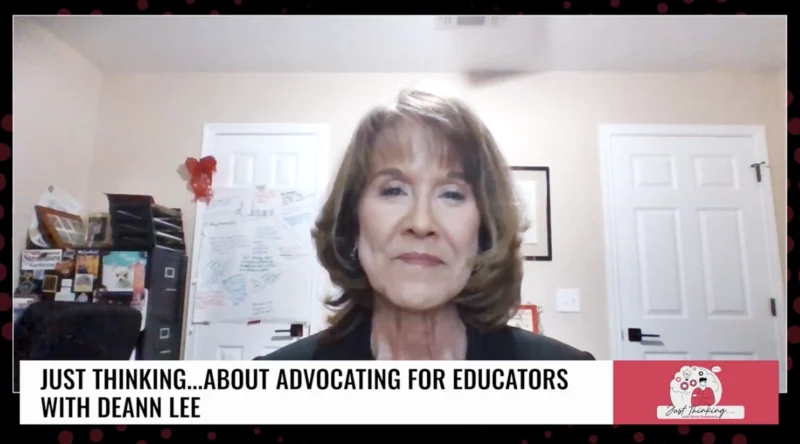Is the Future of Higher Education a Subscription Model?
Celebrating the leaders and experts that are powering education into the future, host JW Marshall sets out to ask the “right questions” in EdTech to understand the changes in policy and technology that will power our universities, tradeschools, and companies – and drive growth in upskilling certifications.
Online learning was steadily growing pre-pandemic. Then it reached a considerable acceleration, but universities are taking a new look at their model to continue gaining new students and remaining solvent. The answer could be subscription-based learning. Discussing this topic and more, Voices of eLearning host JW Marshall spoke with Ray Schroeder, Associate Vice-Chancellor, University of Illinois-Springfield, and Senior Fellow, UPCEA (University Professional and Continuing Education Association).
Schroeder has been an educator for 50 years and launched the University of Illinois-Springfield online learning program in 1997. After 24 years in higher ed online learning, he reported that of the last graduating class, 98% had taken at least one online course.
“Online students are the new market, and moving to subscriptions stabilizes income.”
While his university was in a better position than most, Schroeder counseled that enhancement is necessary for all. “More instructional designers, as well as coaching by faculty members that have the most experience teaching online, is spurring incremental improvement.”
Schroeder noted that a big challenge right now is that the 18-year-old traditional student is shrinking. “The population of the U.S. isn’t broadly growing, so we’re going to be at some population cliffs soon.”
Universities are strategizing to capture more adult learners, as that’s where the trend is going, which could be the perfect fit for subscription-based learning. “The subscription model is in play for the for-profit colleges and online course providers like Coursera. Even Google has a subscription certificate program. The new student is the 60-year-old curriculum. Students will come in and leave and return for certifications and continuing education.”
Traditional college enrollment went down every year in the last 10 years, so Schroeder advised that they’ll need to consider it to remain operating. “Online students are the new market, and moving to subscriptions stabilizes income.”
Follow us on social media for the latest updates in B2B!
Twitter – @MarketScale
Facebook – facebook.com/marketscale
LinkedIn – linkedin.com/company/marketscale




